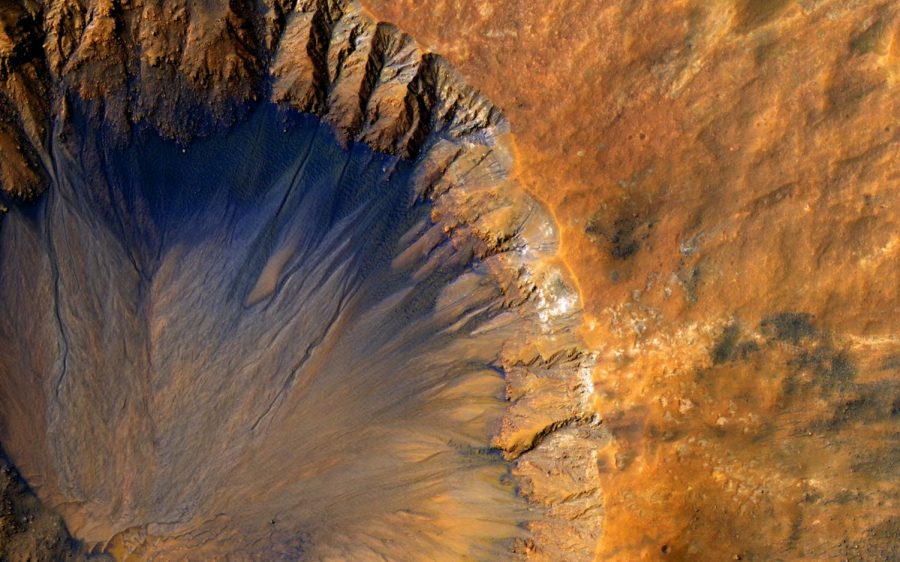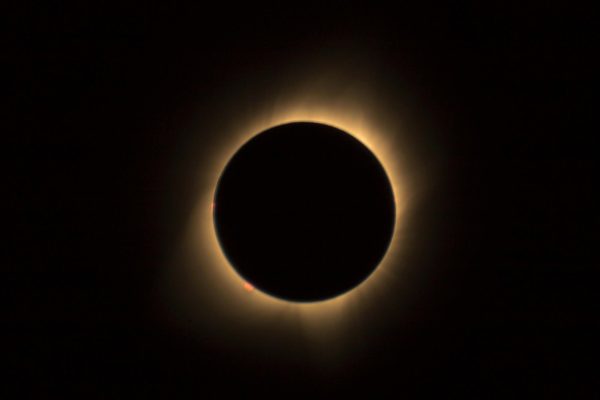New Images Reveal the Largest Canyon in the Solar System
Recent images of the Valles Marineris, located on Mars, were released to the public on Christmas Day of 2020. The breathtaking photos were captured using the HiRISE, or the High Resolution Imaging Science Experiment, aboard the Mars Reconnaissance Orbiter. The Mariner Valley spans 2,500 miles across and is up to four miles deep. The valley stretches roughly twenty percent of the entire circumference of Mars. In comparison, it is ten times as long as the Grand Canyon and three times as deep, making the Valles Marineris the “grandest canyon” in our entire solar system.
While the Grand Canyon in Arizona was formed over five million years ago by river erosion, water is unlikely the main culprit responsible for the formation of the Mariner Valley. However, Mars was once home to vast amounts of water, and researchers speculate that flowing water played a role in further shaping and deepening the channels of Valles Marineris after it was originally formed. The canyon was most likely forged billions of years ago by the eruption of volcanoes, ripping through the crust of the Red Planet. These eruptions caused the land to cave in, forming the valley. Over the stampede of time, landslides, magma flows, and perhaps running water further exaggerated the canyon that we now know today.
NASA stated “The canyon extends from the Noctis Labyrinthus region in the west to the chaotic terrain in the east. Most researchers agree that Valles Marineris is a large tectonic ‘crack’ in the Martian crust, forming as the planet cooled, affected by the rising crust in the Tharsis region to the west, and subsequently widened by erosional forces.” This February, a trio of spacecraft from NASA, China, and UAE will venture to Mars. Included in this space exploration is the first ever helicopter that is designed to be flown on another planet, given the name “Ingenuity”. Only time will tell what else the fourth planet from the Sun has in store for us.











